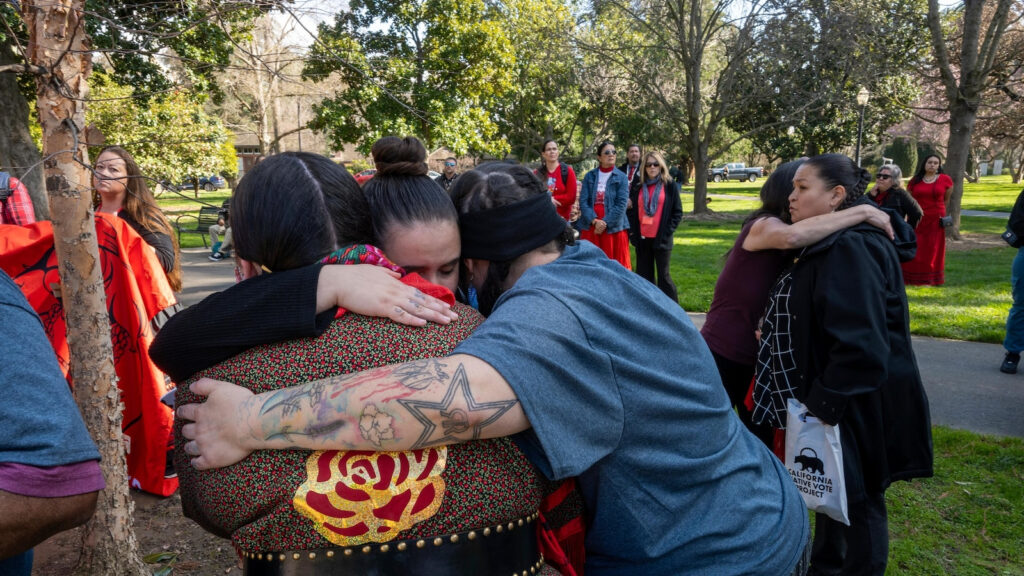
Philbert Shorty went missing on December 7, 2021, after he failed to return home from a trip to buy hay for his horses. Despite extensive searches by both family and authorities, no trace of him was found.
Family members reported the 44-year-old man missing, and for the next two years, they searched tirelessly. They hiked through remote canyons on the Navajo Nation, placed advertisements on the radio, and posted across social media, hoping to unearth any clues. Despite their efforts, they found nothing.
They had no way of knowing he had been killed more than a week before they reported him missing. Even as U.S. prosecutors finalized a plea deal last summer with Shiloh Aaron Oldrock, who was charged in connection with Shorty’s death, they remained unaware. This was a result of a separate investigation into the killing and beheading of Oldrock’s uncle.
The 30-year-old Fargo, North Dakota man told authorities that his uncle had threatened to kill him during an alcohol-fueled fight. This altercation came eight months after the pair conspired to cover up Shorty’s death by dismembering and burning his body on January 29, 2021.
ALSO READ: Native Americans Criticize Woke Efforts By Kansas City Chiefs, Boy Scouts to Erase Heritage
Shorty’s story is just one among many in the United States and Canada, where high rates of missing persons and unsolved killings involving Indigenous people have garnered attention from policymakers at the highest levels.
In 2019, former President Donald Trump signed an executive order establishing a task force. Congress followed suit in 2020 by passing two key pieces of legislation aimed at addressing the crisis.
The Interior Department is nearly three weeks past the deadline for responding to a set of recommendations from a special commission. This commission spent months traveling the country, gathering input from family members, advocates, and police officials about how best to tackle the epidemic of missing Indigenous people.
POLL—Do You Support Stricter Gun Control Laws and Assault Weapon Bans?
Commission members heard heartbreaking testimony from family members who have fought to keep their cases in the spotlight. They often memorialized those lost with prayer vigils, special blankets, traditional ribbon skirts, and red handprints painted on sidewalks and buildings.
Despite increased emphasis on solving such crimes, families like Shorty’s now know the suffering will linger. Many Native American families express frustration with the lack of transparency from authorities.
They report that officials often fail to communicate about the status of pending cases. In Shorty’s case, unanswered questions about whether any remains were recovered leave his family guessing. They wonder if they will ever have the opportunity to provide him with a proper burial.
ALSO READ: Beautiful Pictures of Native Americans in Traditional Masks and Dresses
Despite investigators having reason to believe Philbert Shorty was dead as early as October 2021 with Shiloh Aaron Oldrock’s confession, the FBI’s most recent list of missing people from the Navajo Nation still included Shorty.
A medical investigator’s report issued the following spring said that while it couldn’t be confirmed conclusively, communications with law enforcement suggested that charred remains found at the home of Oldrock’s uncle likely were those of Shorty.
You Might Also Like:
Captains Lament Safety as Red Sea Becomes Dangerous Due to Frequent Houthi Rebels Attacks
Alabama Teen Faces Multiple Charges for Pushing a Child Into a Fire
Authorities Arrest Tennessee Man Who Tried to Enroll in High School to Date Teen
Slavery Descendants Seek $70 Billion in Reparations From Saint Louis University
Pup Who Stole the Show at the Puppy Bowl 2024 Passes Away From Kidney Illness
